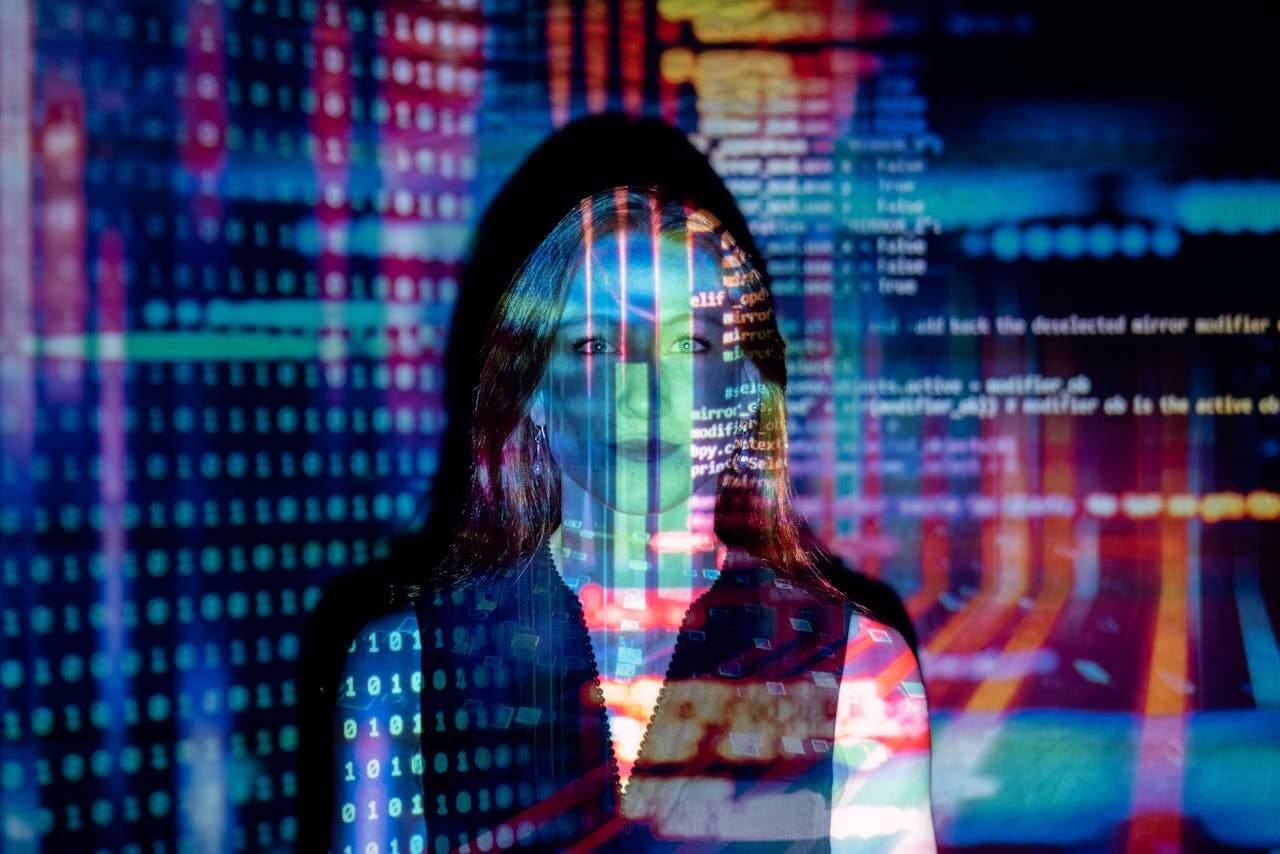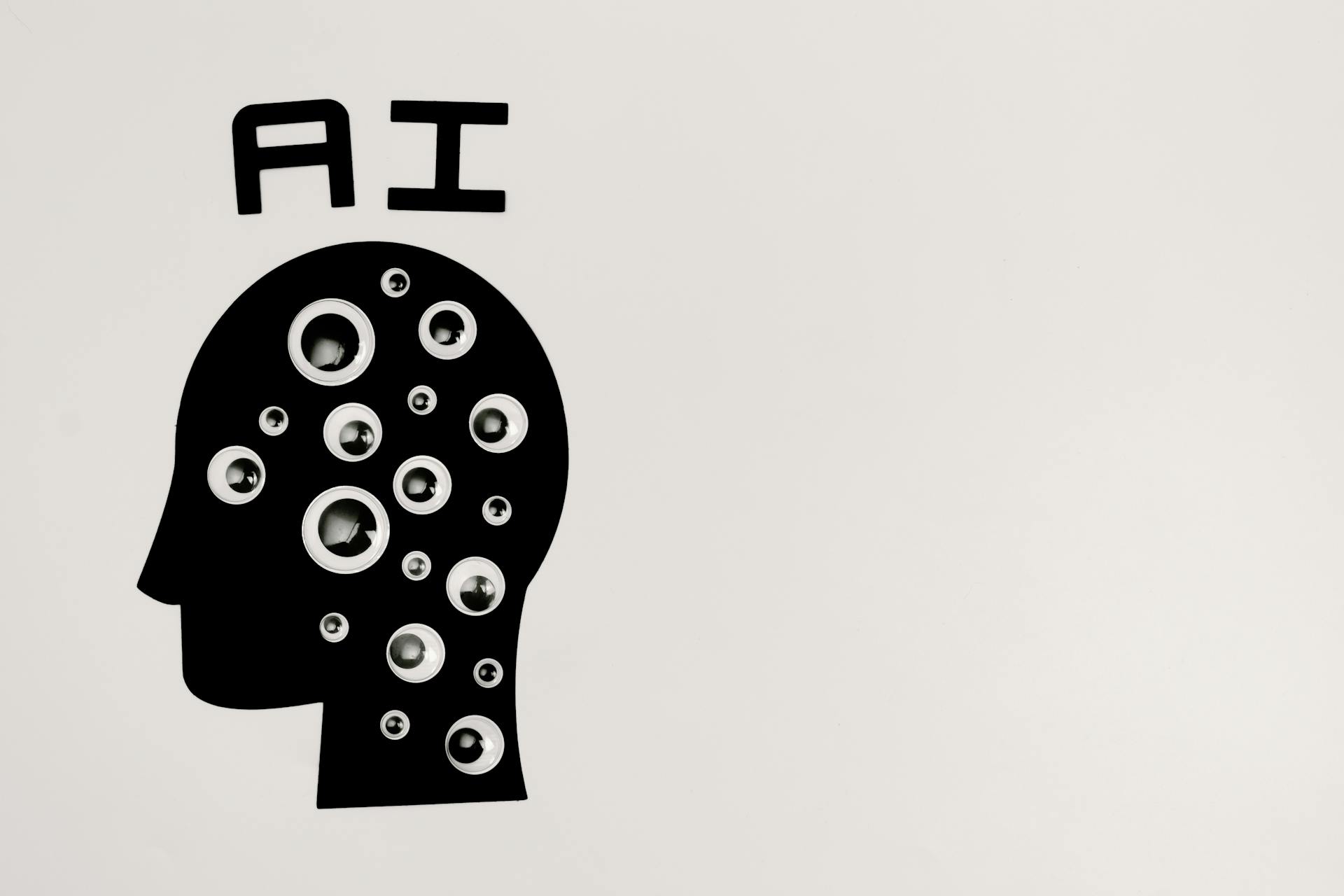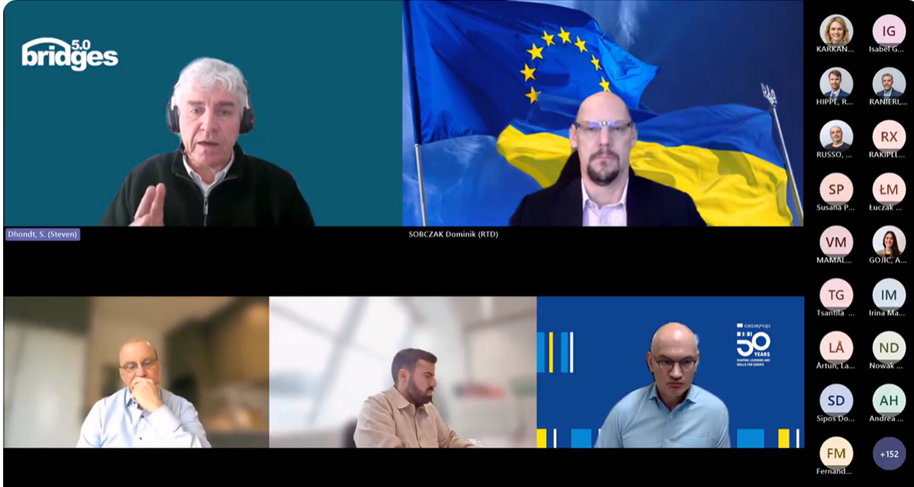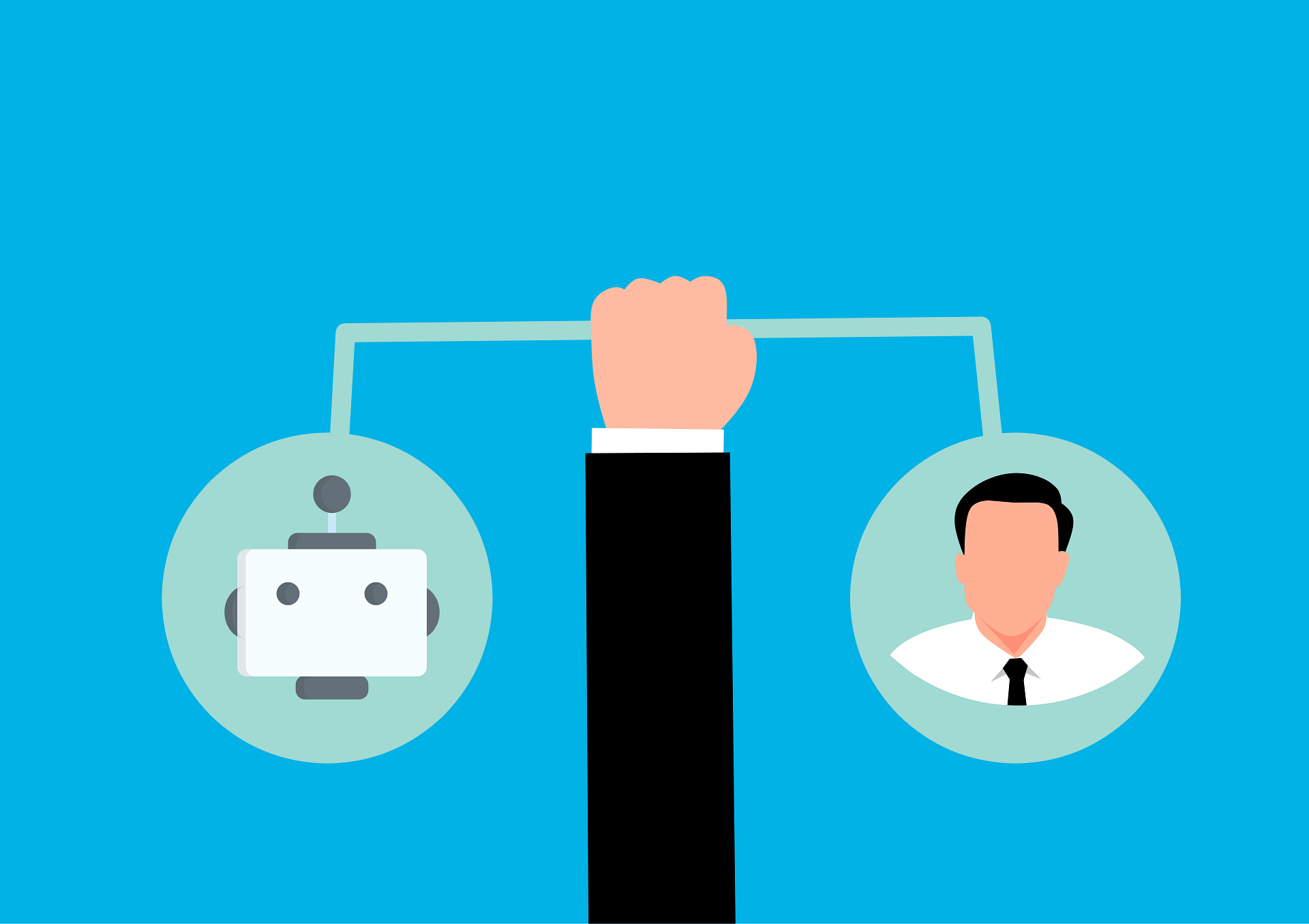

Dr Jeisson Cardenas-Rubio
Warwick Institute for Employment Research
Industry 5.0 marks a significant shift from traditional industrial processes, focusing on collaboration between humans, machines, and societal values. As industries evolve, this new paradigm seeks to deliver tailored products and services while prioritising three key pillars: human-centricity, sustainability, and resilience. At the core of Industry 5.0 is human-centricity, which places human needs, well-being, and values at the heart of technological and industrial advancements. In contrast, sustainability focuses on ensuring that industrial activities respect the planet’s ecological limits, and resilience aims to create systems that can withstand disruptions, ensuring continuity in operations. Together, these principles form a foundation for a more balanced and future-ready industrial environment.
As businesses align with these Industry 5.0 principles, significant changes are expected in worker skills, qualifications, and organisational structures. Companies embracing this shift will experience both opportunities and challenges in transitioning to the human-centric, sustainable, and resilient future. But a major question looms: how can these abstract concepts be measured and applied in real-world settings?
Measuring Industry 5.0: A Complex Challenge
One of the main challenges in Industry 5.0 lies in defining and measuring its key concepts. For example, what exactly does human-centricity mean in practice? How does this term vary across different stakeholders such as employers, employees, and policymakers? Engineers might view it in terms of human-robot collaboration, while social scientists may focus on creating work environments that promote job quality and work-life balance.
Traditional methods for measuring industrial trends, such as surveys and administrative records, often fall short when capturing the evolving nature of work in Industry 5.0. These approaches often lack the granularity needed to accurately assess the extent to which a company aligns with Industry 5.0 principles Furthermore, developing new taxonomies and classifications to address these changes is both time-consuming and costly, even with available data. As a result, researchers must find innovative ways to streamline this process to keep pace with technological advancements.
A Novel Approach to Industry 5.0 Metrics
Industry 5.0 cannot be simply classified as a binary presence or absence within a company. Instead, it represents a continuum—a degree of “Industry 5.0 maturity” that reflects how closely aligned a company is with its key principles of human-centricity, sustainability, and resilience. Companies with higher Industry 5.0 maturity levels tend to operate differently, with more progressive management practices, flatter organisational structures, and greater workforce participation in decision-making.
One promising solution to measuring these practices lies in the analysis of non-traditional data sources, such as job postings and companies’ online profiles. By exploring unstructured data from these sources, researchers can gain valuable insights into companies’ practices that define Industry 5.0 companies. However, this approach brings its own challenges, particularly in interpreting the nuances of language and extracting meaningful information from vast datasets.
To overcome these challenges, members of Work Package 3 of the Bridges 5.0 consortium have proposed an innovative AI-based methodology to analyse Industry 5.0 concepts using non-traditional data sources. They aim to bridge the gap between theoretical concepts and practical applications, providing insights into how companies and jobs are evolving within the framework of Industry 5.0.
Specifically, the team has fine-tuned a Large Language Model (LLM) to automatically identify Industry 5.0 patterns from a variety of data sources, including job portals, company profiles, YouTube videos, and academic articles. This approach has led to the creation of a comprehensive dictionary that highlights key Industry 5.0 concepts within real-world data. This dictionary enables systematic mapping of company practices across countries such as Austria, France, the UK, and the Netherlands, providing a clearer picture of how businesses are aligning with Industry 5.0 principles.
Initial Insights
Early findings reveal that employers are increasingly focusing on training, career development, and balanced living initiatives in job postings to attract potential employees. This suggests a growing trend among companies to prioritise sustainability, employee well-being, and professional development as part of their business strategies.
Moreover, company profiles highlight terms like “empowerment and sustainability,” “supportive and open work environments,” and “career impact” across countries such as France, Austria, the UK, and the Netherlands. This points to a broad recognition of the importance of aligning business practices with the human-centric and sustainable values of Industry 5.0. While assessing potential greenwashing remains a challenge, these insights underscore the increasing efforts by businesses to present themselves as environmentally and socially conscious. This evidence supports the feasibility of developing a standardised framework for assessing how well companies adhere to Industry 5.0 principles.
Looking Ahead: The future of Industry 5.0
As Industry 5.0 continues to evolve, developing a standardised Industry 5.0 dictionary or taxonomy will be crucial for monitoring its impact on industries and the labour market. AI-based approaches offer a promising path forward, enabling researchers to analyse large volumes of unstructured data and gain valuable insights into how companies are adapting to the human-centric, sustainable, and resilient practices that define this new industrial era.
This innovative approach has the potential to shape the future of workforce development, helping industries and policymakers better understand the skills and qualifications needed in a rapidly changing world. By building a comprehensive Industry 5.0 dictionary, we can more effectively measure, promote, and support the principles driving the next industrial revolution.
Related articles
December 17, 2025
December 8, 2025
December 8, 2025







